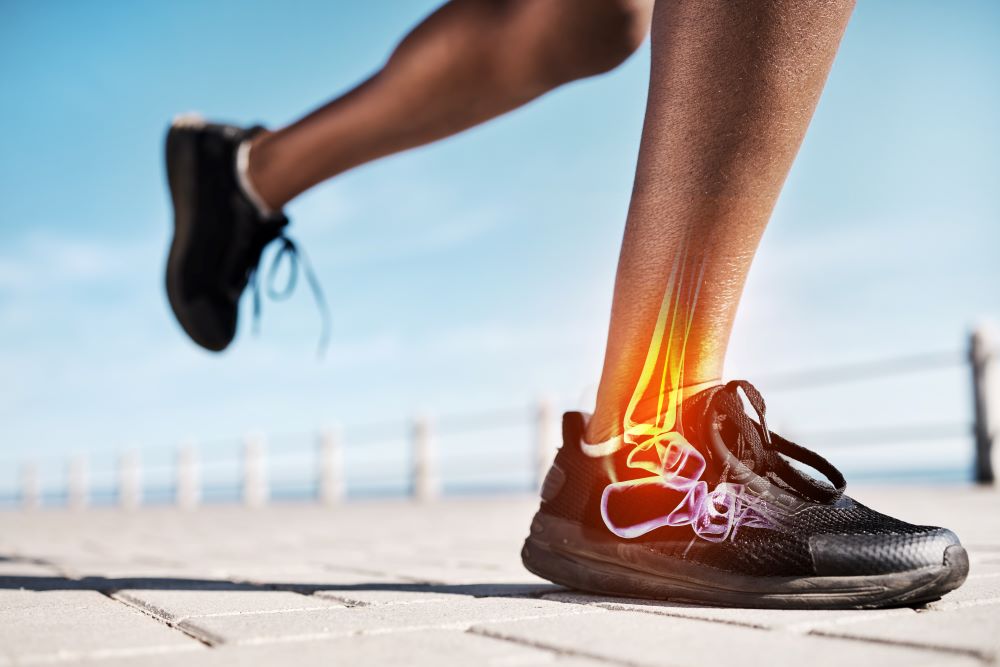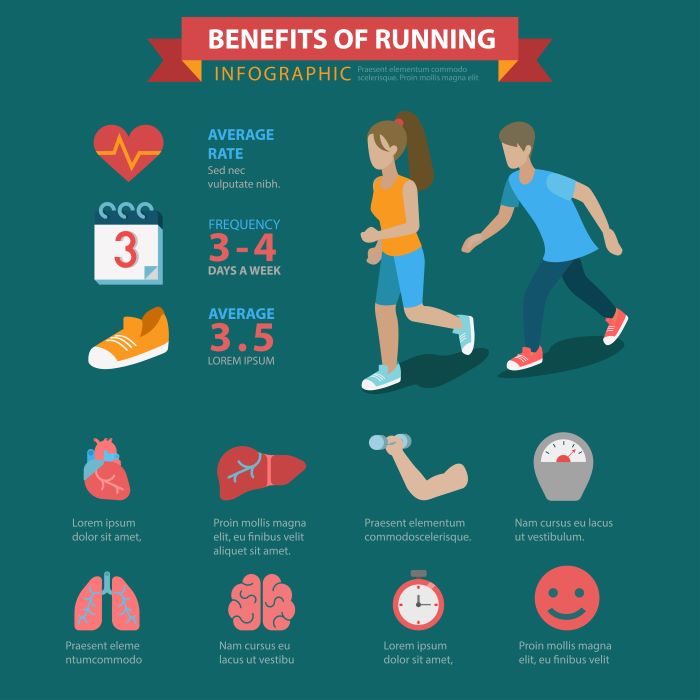When you lace up your running shoes and hit the pavement, you’re not just engaging in a simple cardio workout; you’re actively targeting several key muscle groups in your legs. Running primarily engages the following muscles:
- Quadriceps: Located at the front of your thighs, these muscles are responsible for extending your knees with each stride.
- Hamstrings: Found at the back of your thighs, the hamstrings help in bending your knees and propelling you forward.
- Calves: The calf muscles, made up of the gastrocnemius and soleus, play a crucial role in stabilizing your ankles and pushing off the ground.
- Glutes: The gluteus maximus, medius, and minimus are essential for maintaining proper posture and providing power during your runs.
As you run, these muscles work in harmony to generate power and maintain balance. The more you run, the stronger and more defined these muscles become, contributing to overall leg strength and endurance. Additionally, running on different terrains, such as trails or hills, can further enhance muscle engagement, providing a varied workout that keeps your legs challenged.
For those who are eager to enhance their running experience and take full advantage of the benefits it offers, embracing a structured running routine can be key. Visit our website to learn more and get started today! Click here.
Key Muscle Groups Worked During Running Activities
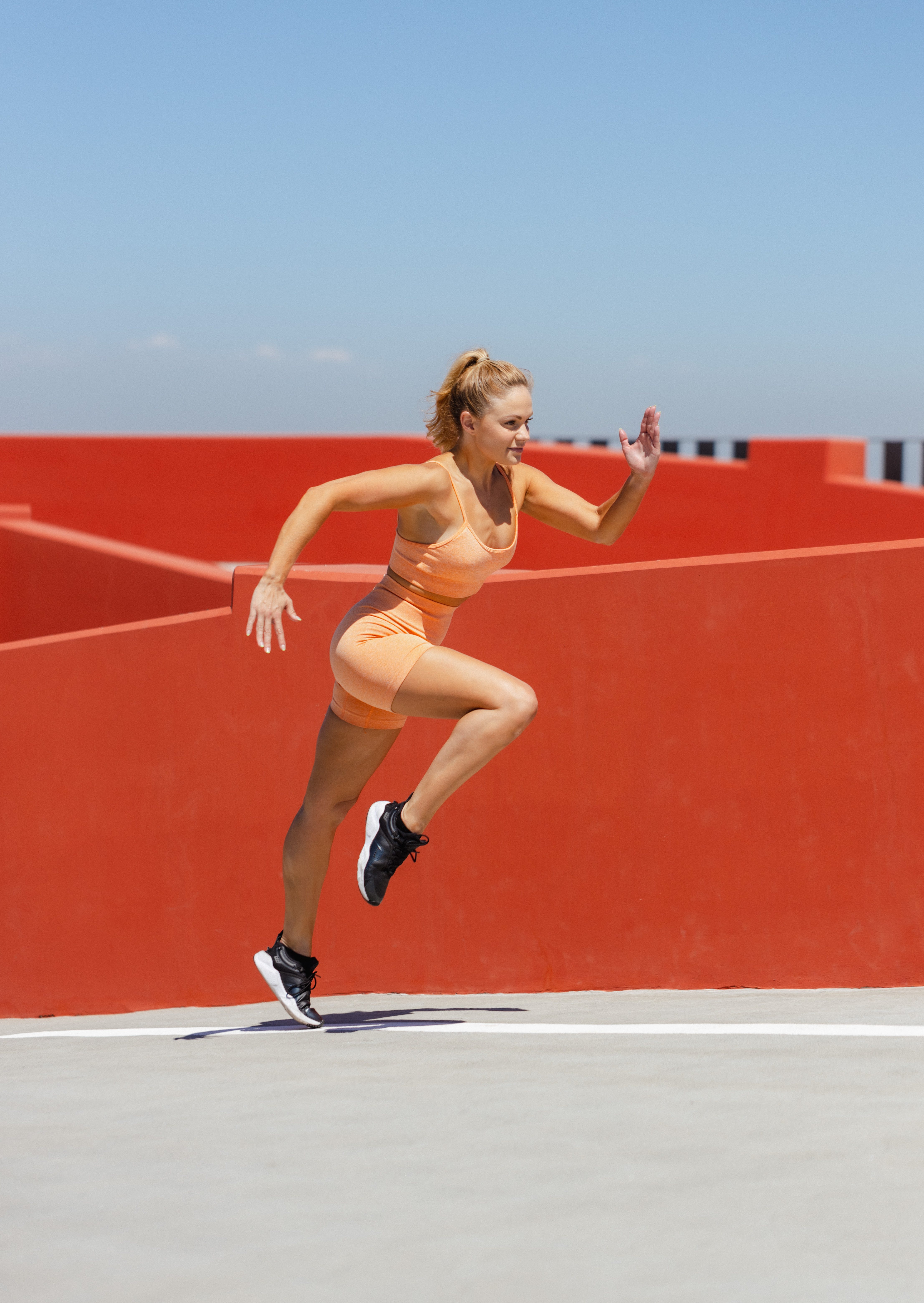
Understanding the key muscle groups worked during running activities is crucial for anyone looking to maximize their workout efficiency. Each stride you take involves a coordinated effort of multiple muscles that contribute to speed, stability, and endurance. Here are the primary muscle groups engaged during running:
- Hip Flexors: These muscles, including the iliopsoas and rectus femoris, are vital for lifting your knees and driving your legs forward.
- Adductors: Located on the inner thigh, these muscles help stabilize your legs during each stride and assist in maintaining proper alignment.
- Core Muscles: While not directly in the legs, a strong core supports your running posture, allowing for more effective leg movement and reducing the risk of injury.
- Tibialis Anterior: This muscle, located at the front of your lower leg, is essential for lifting your foot during each stride, preventing dragging and ensuring a smooth running motion.
As you run regularly, these muscle groups become stronger and more efficient, leading to improved performance. Additionally, varying your running workouts—such as incorporating intervals, hill sprints, or long-distance runs—can enhance engagement across these muscle groups, providing a comprehensive workout that promotes overall leg strength and athleticism.
Benefits of Running for Leg Strength and Endurance
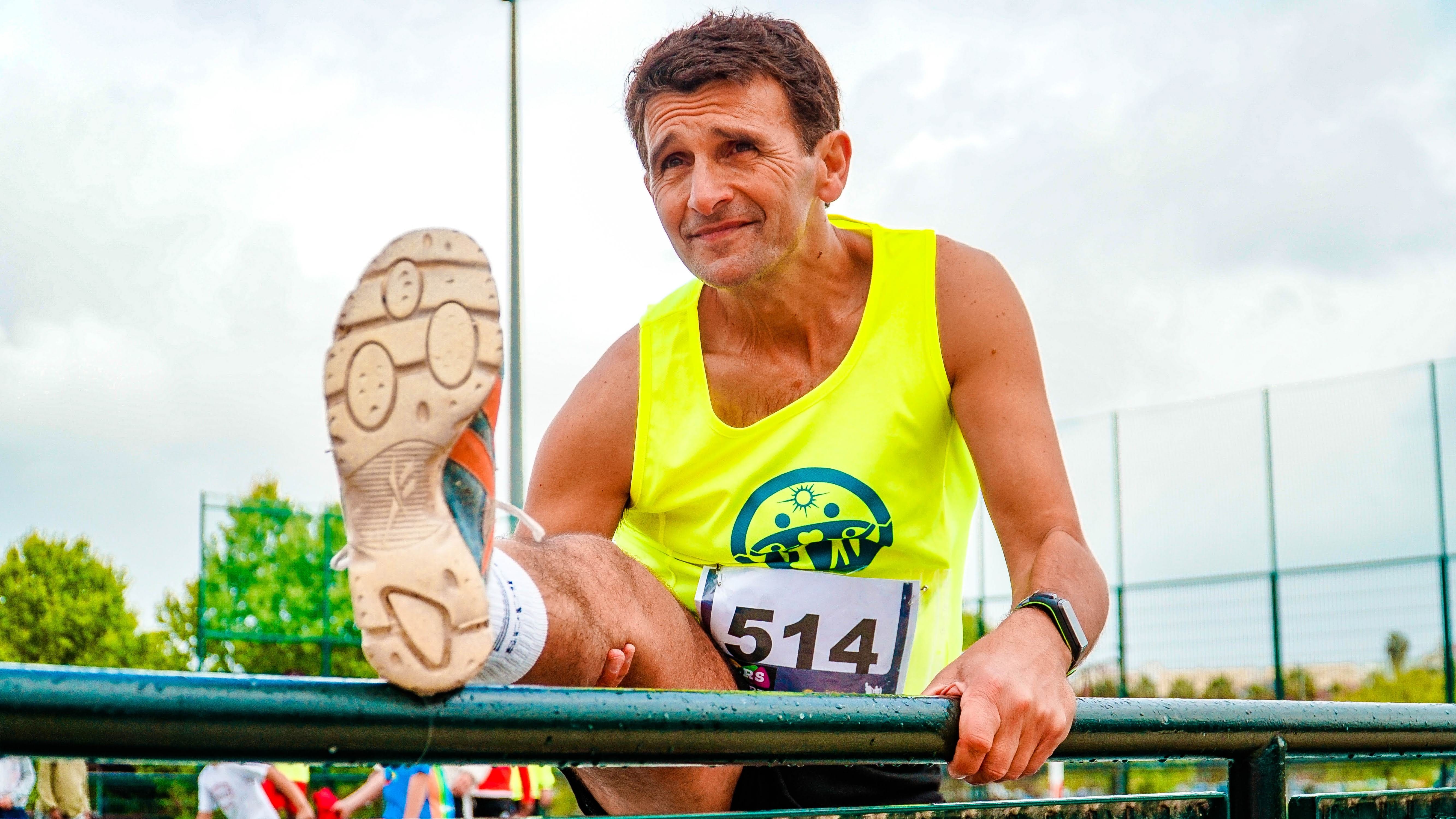
Running is not just a means of cardiovascular fitness; it also offers significant benefits for leg strength and endurance. When you lace up your running shoes, you’re engaging in an activity that meticulously sculpts your lower body while enhancing overall physical performance. Here are some key benefits:
- Increased Muscle Strength: Regular running workouts target major muscle groups in the legs, including the quadriceps, hamstrings, calves, and glutes. As these muscles adapt to the demands of running, they grow stronger, leading to improved performance in both running and other physical activities.
- Enhanced Endurance: Consistent running builds muscular endurance, allowing your legs to sustain effort over longer periods. This is especially beneficial for athletes involved in sports that require prolonged physical exertion.
- Improved Joint Stability: Running helps strengthen the muscles around your knees and ankles, which can lead to better joint stability and a reduced risk of injuries. Stronger legs support better alignment and movement patterns, making you less prone to sprains and strains.
- Caloric Burn: Running is a high-calorie-burning exercise, which can aid in weight management and promote overall leg definition. The combination of strength and endurance training through running helps sculpt the legs while also enhancing metabolic health.
Incorporating running into your fitness routine not only fosters physical strength but also instills a sense of accomplishment and joy associated with reaching new milestones. The benefits are vast, making running a superb choice for anyone looking to elevate their leg strength and endurance.
Comparing Running with Other Leg Workouts
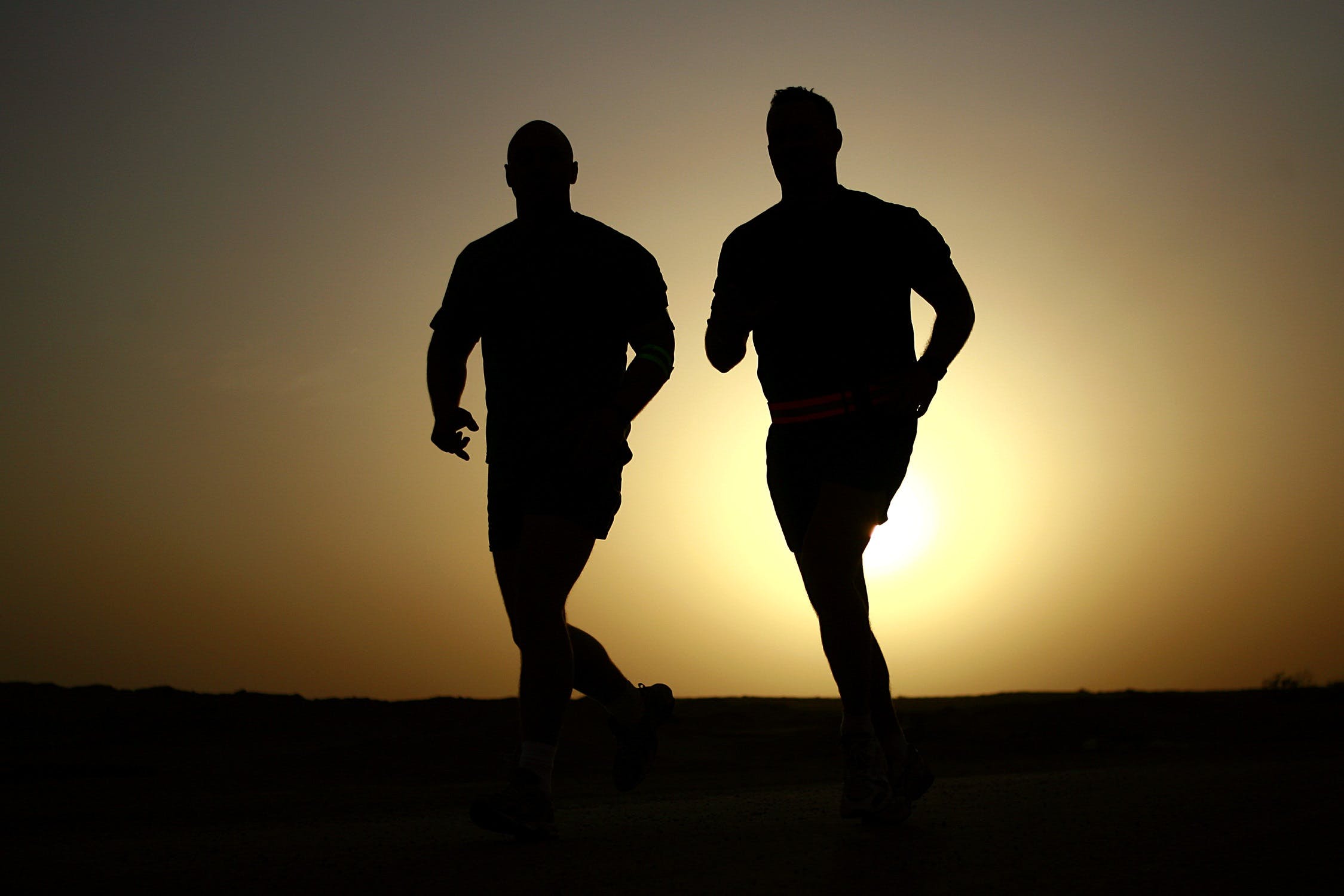
When it comes to building leg strength and endurance, various workouts can be effective. However, running stands out for its unique benefits. Let’s delve into how running compares with other popular leg workouts:
- Weight Training: While weight training effectively builds muscle mass, it typically isolates specific muscle groups. In contrast, running engages multiple muscles simultaneously, promoting functional strength. The dynamic movements in running improve coordination and balance, which are often less emphasized in traditional weightlifting.
- Cycling: Both running and cycling are excellent cardiovascular workouts that build leg endurance. However, running tends to engage a wider range of muscles, including stabilizing muscles in the hips and core. Cycling, while easier on the joints, may not offer the same level of bone-strengthening benefits as running does.
- Jumping Exercises: Plyometric workouts, such as box jumps and jump squats, can build explosive strength. However, they often come with a higher risk of injury due to their intense nature. Running, especially at a steady pace, allows for a safer approach to building endurance while still engaging the leg muscles effectively.
- Swimming: Swimming is a full-body workout that also strengthens the legs but does so in a low-impact environment. While it’s excellent for overall fitness, it may not provide the same level of muscular endurance specific to running. The weight-bearing nature of running helps develop bone density, which is crucial for long-term health.
Ultimately, while other workouts can complement your fitness routine, running offers a holistic approach to leg strength and endurance, making it a valuable addition to any training program.
Tips to Maximize Your Leg Workout While Running
To truly harness the benefits of running as a leg workout, incorporating effective strategies is essential. Here are some tips to maximize your leg workout while running:
- Vary Your Pace: Incorporate intervals of sprinting followed by recovery periods. This not only boosts your cardiovascular fitness but also challenges your leg muscles differently, promoting growth and endurance.
- Choose Varied Terrain: Running on trails, hills, or uneven surfaces engages additional muscle groups compared to flat surfaces. Hill sprints, for instance, can significantly enhance leg strength and power.
- Focus on Form: Proper running form can help you engage your leg muscles more effectively. Keep your posture upright, shoulders relaxed, and ensure you are landing on the midfoot to reduce strain on your joints.
- Incorporate Strength Training: Combining running with targeted leg strength exercises, such as squats or lunges, can enhance your running performance. Strength training helps build the muscles needed for more powerful strides.
- Implement a Cool Down: Always include a cool-down period after your runs. Gentle stretching can help improve flexibility and reduce muscle stiffness, ensuring your legs recover well for your next workout.
- Stay Hydrated and Fuel Properly: Proper nutrition and hydration are critical for optimal performance. Ensure you’re consuming enough carbohydrates and protein to fuel your runs and support muscle recovery.
By integrating these tips into your running routine, you can maximize the effectiveness of your leg workouts, leading to stronger legs and improved overall fitness.
Conclusion: The Impact of Running on Leg Fitness

Running is more than just a cardio workout; it is a powerful tool for enhancing leg fitness. The rhythmic motion and engagement of various muscle groups during a run contribute significantly to building strength, endurance, and overall leg health. The impact of running on leg fitness can be profound, as it targets key muscles including the quadriceps, hamstrings, calves, and glutes.
Moreover, running promotes better bone density, which is crucial for long-term physical health. As you embrace running, you also engage in a low-impact yet highly effective workout that can be tailored to any fitness level. By varying your running routine with speed work, hill training, and strength exercises, you can continually challenge your muscles and prevent plateaus.
It’s important to remember that consistency is key. Regular running, combined with proper nutrition and recovery practices, can lead to noticeable improvements in leg strength and stamina over time. So, whether you’re a beginner or an experienced runner, the journey towards enhanced leg fitness and overall wellness is within reach.
Ready to take your running journey to the next level? Visit our website to learn more and get started today! Click here.

